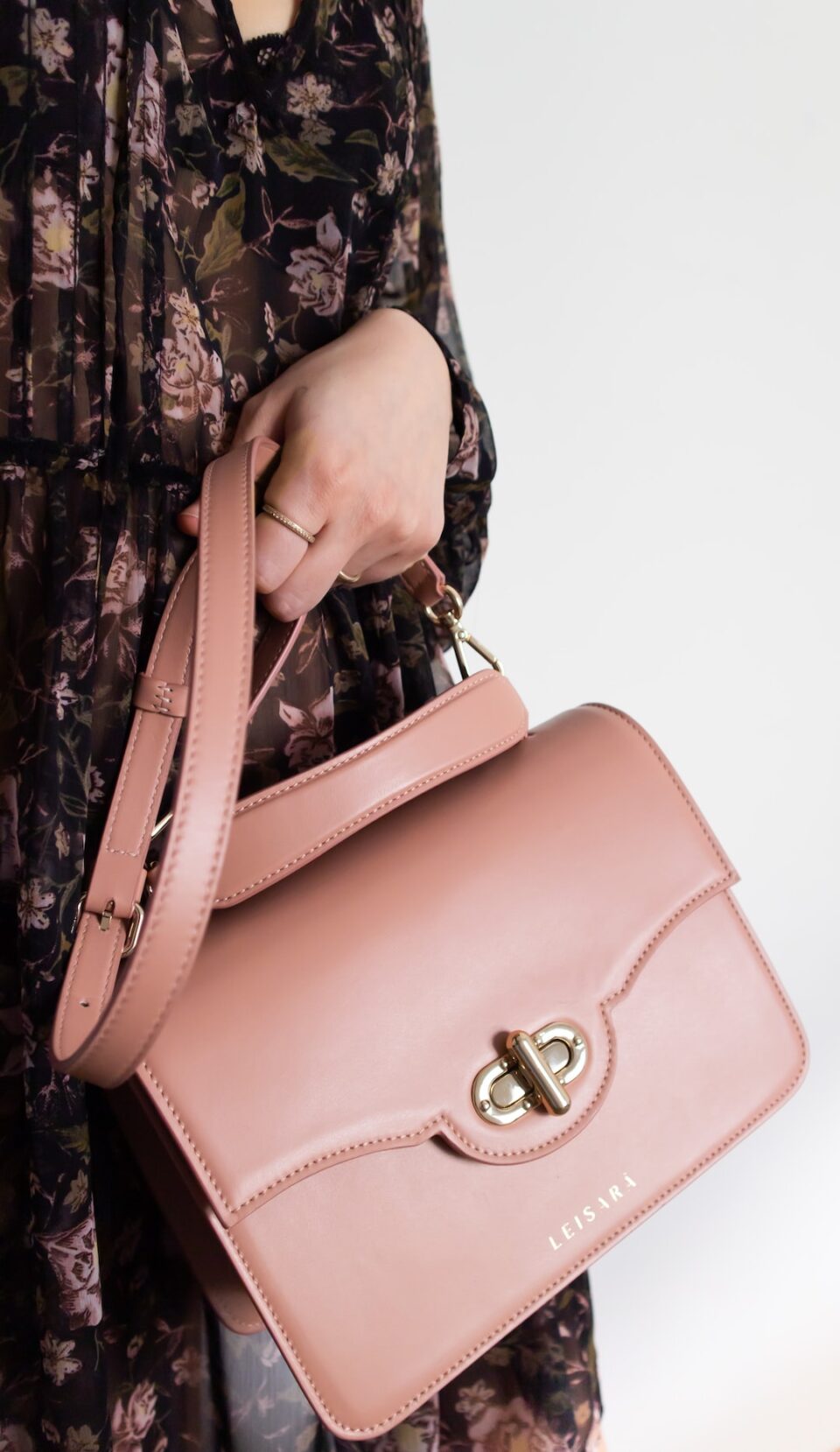Exploring Sustainable Fashion: Tips for Building an Eco-Friendly Wardrobe
Sustainable fashion has gained immense popularity in recent years as people become more aware of the negative environmental and social impacts of fast fashion. Building an eco-friendly wardrobe doesn’t have to be overwhelming or expensive. In fact, it can be a fun and fulfilling process that allows you to express your personal style while helping to protect the planet. Here, we will explore some valuable tips for creating a sustainable wardrobe that is both fashionable and environmentally conscious.
1. Embrace Secondhand Shopping
One of the most accessible and affordable ways to build a sustainable wardrobe is by embracing secondhand shopping. Thrift stores, vintage shops, and online platforms dedicated to reselling clothes are great places to find unique, high-quality items. By giving pre-owned clothing a second life, you contribute to reducing waste and decreasing the demand for new, resource-intensive clothing production. Plus, shopping secondhand often allows you to discover timeless pieces that reflect your individual style.
2. Invest in High-Quality Pieces
Another key aspect of sustainable fashion is investing in high-quality garments that will stand the test of time. Fast fashion relies on cheap materials and exploitative labor, resulting in clothes that quickly lose shape, color, and overall quality. By opting for well-made items, you reduce the need for frequent replacements, saving money in the long run and decreasing your carbon footprint. Consider purchasing from ethical brands and designers that prioritize fair working conditions and sustainable practices.
3. Choose Natural and Organic Fabrics
Selecting garments made from natural and organic fabrics is a crucial step towards building an eco-friendly wardrobe. Synthetic fibers like polyester and nylon are derived from fossil fuels and take hundreds of years to decompose. On the other hand, materials like organic cotton, linen, hemp, and bamboo are renewable, biodegradable, and less harmful to the environment. Moreover, natural fibers tend to be more breathable and comfortable to wear, making them ideal for different seasons.
4. Opt for Timeless Style
While fashion trends come and go, sustainable fashion focuses on timeless style. Instead of constantly chasing the latest trends, invest in classic pieces that can be worn for years to come. A well-designed, versatile wardrobe will always be in fashion and will prevent you from falling into the trap of disposable fashion. By curating a collection of timeless essentials, you can mix and match various pieces and create endless outfit possibilities without compromising on sustainability.
5. Practice Minimalism
Adopting a minimalist mindset can significantly contribute to building an eco-friendly wardrobe. A cluttered closet filled with clothes you rarely wear not only wastes precious resources but also creates unnecessary stress and decision fatigue. Striving for a minimalist wardrobe allows you to prioritize quality over quantity, ensuring that each item you own receives proper attention and use. By detaching yourself from consumerist habits and only purchasing items you genuinely love and need, you can reduce waste and make more mindful choices.
6. Repair and Upcycle
In a throwaway culture, repairing and upcycling clothes have become somewhat of a lost art. Many people discard clothes at the first sign of damage, unaware of the numerous repair options available. By learning basic sewing skills or seeking help from a local tailor, you can extend the life of your garments and reduce your fashion waste. Additionally, upcycling allows you to transform old clothes into unique creations. A simple alteration, a new dye job, or cutting and sewing can breathe new life into an old piece, giving it a fresh and personalized look.
Building an eco-friendly wardrobe is an ongoing journey. It’s important to regularly assess your closet and make conscious choices that align with your sustainability goals. Remember, it’s not about perfection but progress. By implementing these tips, you can contribute to a more sustainable fashion industry while expressing your personal style in a way that is ethical and environmentally responsible. Together, we can make a positive impact on the world, one garment at a time.

